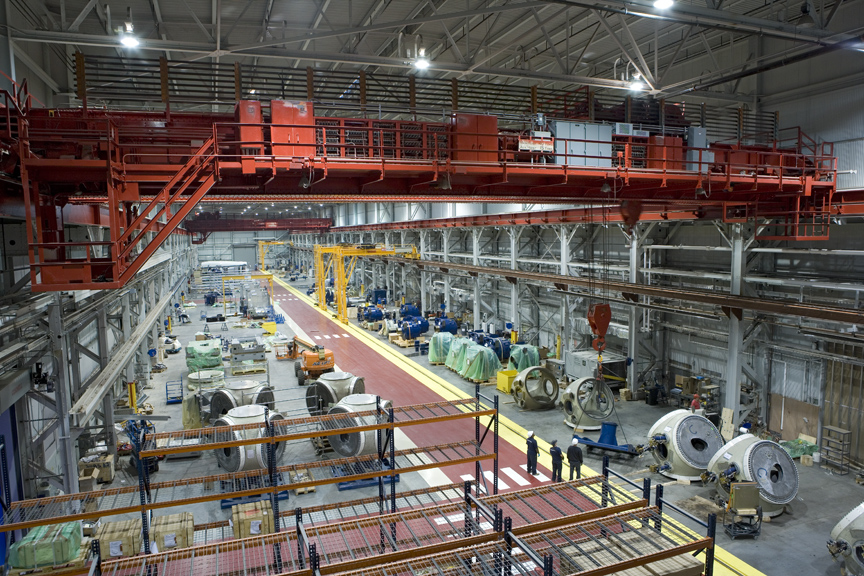It needs efforts to convert a fantastic design into a great uniform

Uniform manufacturing is a highly skilled process. The manufacturer should be capable of designing a wide range of products and sourcing durable and elegant fabric from reliable suppliers.
There has to be a team dedicatedly working for the needs of esteemed corporate clients. A versatile service provider can offer services to diversified sectors like service and hospitality industries, manufacturing units, tourism and airlines, schools and institutions, etc. With a focus on delivering high-class corporate clothing.
Manufacturing uniforms is a complex process that has several steps:
Designing
It requires a team that is creative, innovative and responsive to the needs of their clients. The designers understand the brand identity, corporate colors, and particular job roles. Sketches are made with a few design concepts. The client has the final word while choosing one. Color palettes, garments, styles, and logos are discussed with the client.
CuttingOnce the design is finalized, expert cutters cut sample uniforms of different sizes as per the design specifications. First-cut stitches are examined by experts and modifications, or corrections are carried out. A few rounds of refinement in the uniform manufacturing process brings out the perfect uniform.
Quality control
It is not possible to produce perfectly stitched uniforms without stringent quality control. There are people who take care of the quality and perfection of the material.
Allied Uniform Manufacturing Processes
Other than the main processes mentioned earlier, there are several allied processes that are used as per the requirement.
- Embroidery: Sometimes, there is a requirement by clients to put embroidered logos on the uniforms. Since the uniforms are always needed in bulk quantities, it isn’t possible to make it manually or single-head machine. There are multi-head machines that can use multiple threads simultaneously to make desired emblems or logos in no time. Though the machines are operated manually, the speed is just incredible. High-precision logos and designs get printed on the stitched uniforms.
- Screen printing: It is quite popular nowadays to print artwork on the clothes. Usually EPS or AI vector formats are used for creating screen images. They are industry standard formats. The design or logo gets printed on the film that is used for printing it on the screen. The screen prints logo or other required designs on the uniform. Multi color printing is possible in the modern machines. Exact matching of the color shade is possible with modern computerized systems.
- Transfer printing: It is a cost-effective technique suitable for small-scale printing. The printing quality has improved today with the availability of good-quality, durable material.
- DTG (Direct to Garment) Printing: This technique in uniform manufacturing is used for multicolored printing on the fabrics. It is a kind of printer that prints images on fabrics instead of papers. Though this technique is seldom used in uniform manufacturing process, in some situations it is feasible.
- Customization: Sometimes, there is a generic requirement by clients where off the shelf lot can be used by customizing a little bit. For example, manufacturers have ready stocks for security guards, hospital workers, or firefighters. Clients send branding specs for customization or personalization.
Factors that decide the quality of a uniform manufacturer
When you assign the task of manufacturing uniforms for your organization, obviously quality is the most sought aspect. You need products of high precision and perfection that meet the quality standard and reflect your corporate image.
Quality of materialWhen uniform manufacturers use high-standard material, the final impact is always phenomenal. The fall and glaze of the cloth reflect its class.
Timely deliveryDelays or partial submissions hamper your image in front of the employees. It also creates dissatisfaction or unnecessary gossips in the organization that hampers the productivity. Discuss the timelines in advance and give some buffer time to the vendor. However, the deliveries should not be delayed. There should be a penalty clause in case of part shipments or delays.
Capability of producing clothes as per custom designs
Your vendor should be capable of producing uniforms exactly as per design specs given. The designers should not make even a slight deviation to the color, fabric and design. Logos, Emblems, and other brand identities should be displayed properly.
CostYou should go for a vendor who charges reasonably without compromising quality. You should get quotations from more than one vendor and finalize one who offers the best quality uniforms at the most reasonable prices. Ask for bulk order discounts.
Elements has earned a great reputation in the world of uniform manufacturing with exceptionally attractive uniforms that add value to the image of their corporate clients. It is known for top-notch workmanship and professional attitude.



